In this book, the 1923 manifesto ‘Active Art’ by Latvian philosopher Andrejs Kurcijs triggers a series of responses by writers, artists and curators on the notion of activism, past and present: art for political purposes, art for its own purpose or art with no purpose. All the texts collected in this volume aim at considering the active part of writing according to the definition given by Kurcijs. It is true of the book design by Laure Giletti and Gregory Dapra too. Contributors include curator Rebeka Põldsam, artists Evita Vasiļjeva and Eva Barto, writers Bella Marrin and Robert Glück, and poet Laura Boullic. It also includes the reprint of an essay from 1987 by James Baldwin, commissioned by the African Center in New York, and an in-depth conversation between the editors of the books and philosopher Ainārs Kamoliņš.



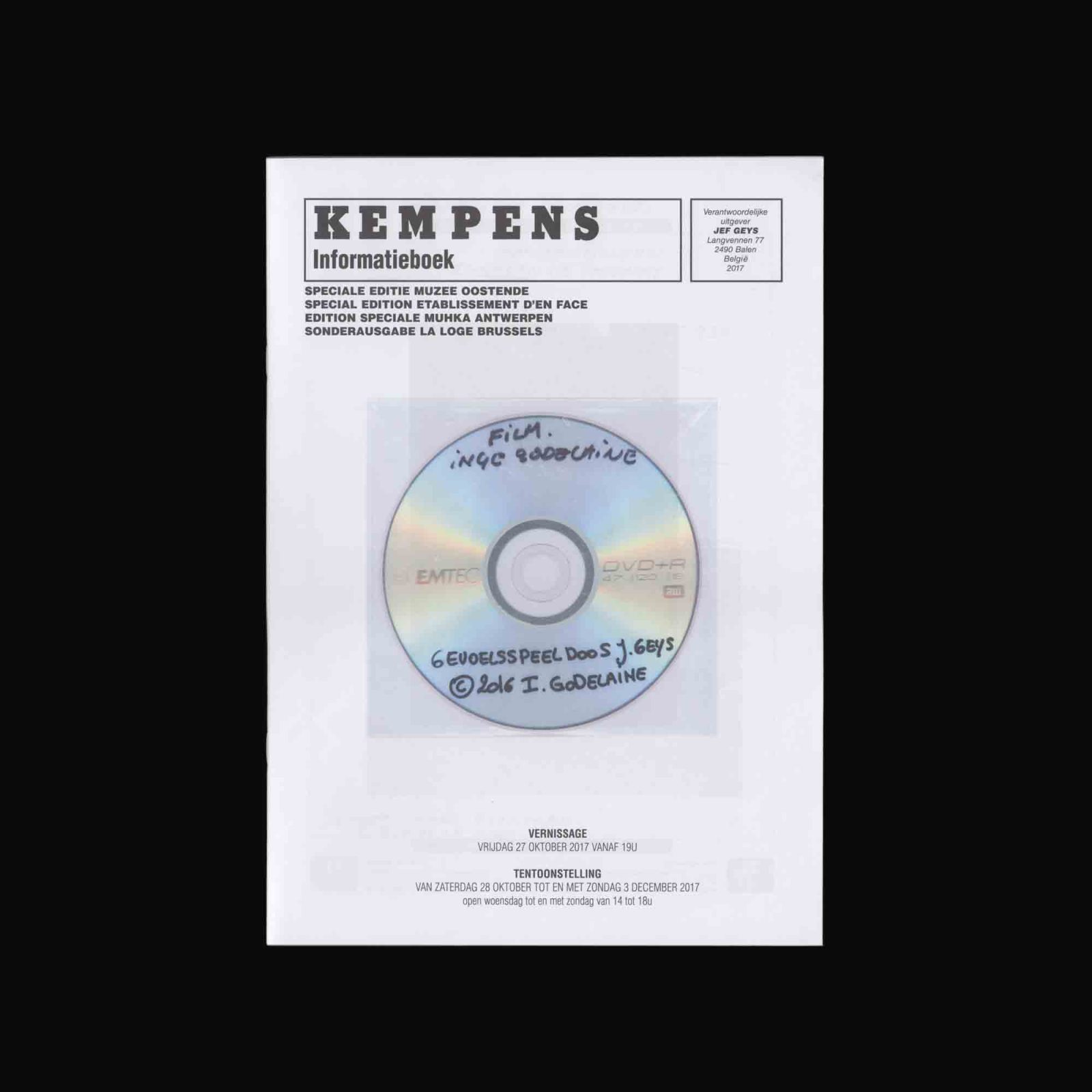

Kempens Informatieblad, was a newspaper published by Belgian artist Jef Geys between 1971 and 2018.
Since the early 1960s, in addition to his interlocking artistic and pedagogical work, Geys was also involved in the production and distribution of a local newspaper, the Kempisch Reklaamblad, on whose pages he began to publish various textual and pictorial material among the advertisements placed therein. After it was discontinued, Geys took over the paper and continued it under his own direction as Kempens Informatieblad.
Functioning as an alternative to the conventional artist catalog, the issues, over 50 in total, were mostly published in connection with his exhibitions. As an information system directed by the artist, it successively developed into a kind of meta-medium within his practice, through which he himself organized his representation and mediation—beyond the exhibition context.
You can find a digital version of this publication here.


Kempens Informatieblad, was a newspaper published by Belgian artist Jef Geys between 1971 and 2018.
Since the early 1960s, in addition to his interlocking artistic and pedagogical work, Geys was also involved in the production and distribution of a local newspaper, the Kempisch Reklaamblad, on whose pages he began to publish various textual and pictorial material among the advertisements placed therein. After it was discontinued, Geys took over the paper and continued it under his own direction as Kempens Informatieblad.
Functioning as an alternative to the conventional artist catalog, the issues, over 50 in total, were mostly published in connection with his exhibitions. As an information system directed by the artist, it successively developed into a kind of meta-medium within his practice, through which he himself organized his representation and mediation—beyond the exhibition context.

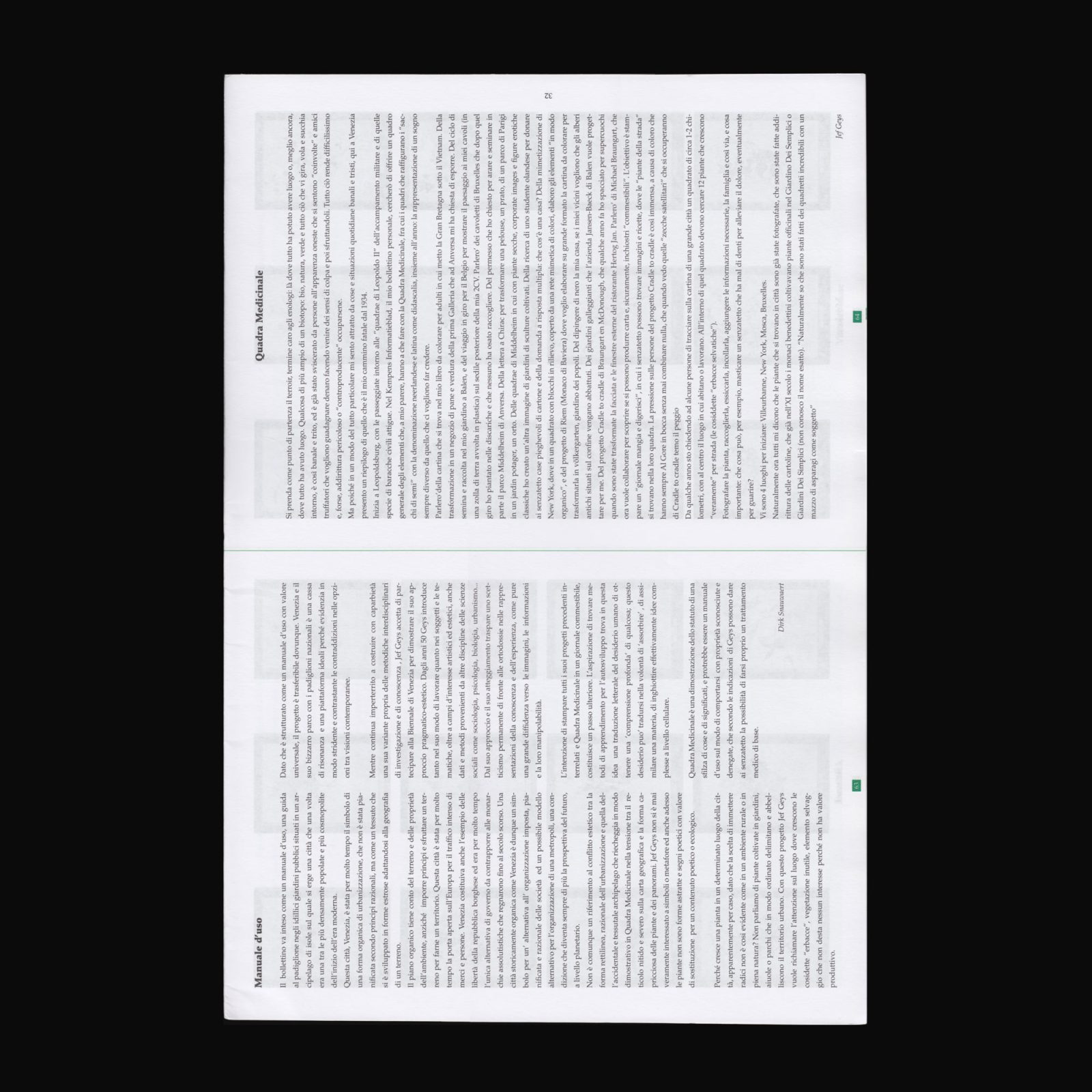
Commissioned by the Flemish Ministry of Culture for the Belgian Pavilion, 53rd International Art Exhibition—La Biennale di Venezia. Curator: Dirk Snauwaert
Kempens Informatieblad, was a newspaper published by Belgian artist Jef Geys between 1971 and 2018.
Since the early 1960s, in addition to his interlocking artistic and pedagogical work, Geys was also involved in the production and distribution of a local newspaper, the Kempisch Reklaamblad, on whose pages he began to publish various textual and pictorial material among the advertisements placed therein. After it was discontinued, Geys took over the paper and continued it under his own direction as Kempens Informatieblad.
Functioning as an alternative to the conventional artist catalog, the issues, over 50 in total, were mostly published in connection with his exhibitions. As an information system directed by the artist, it successively developed into a kind of meta-medium within his practice, through which he himself organized his representation and mediation—beyond the exhibition context.
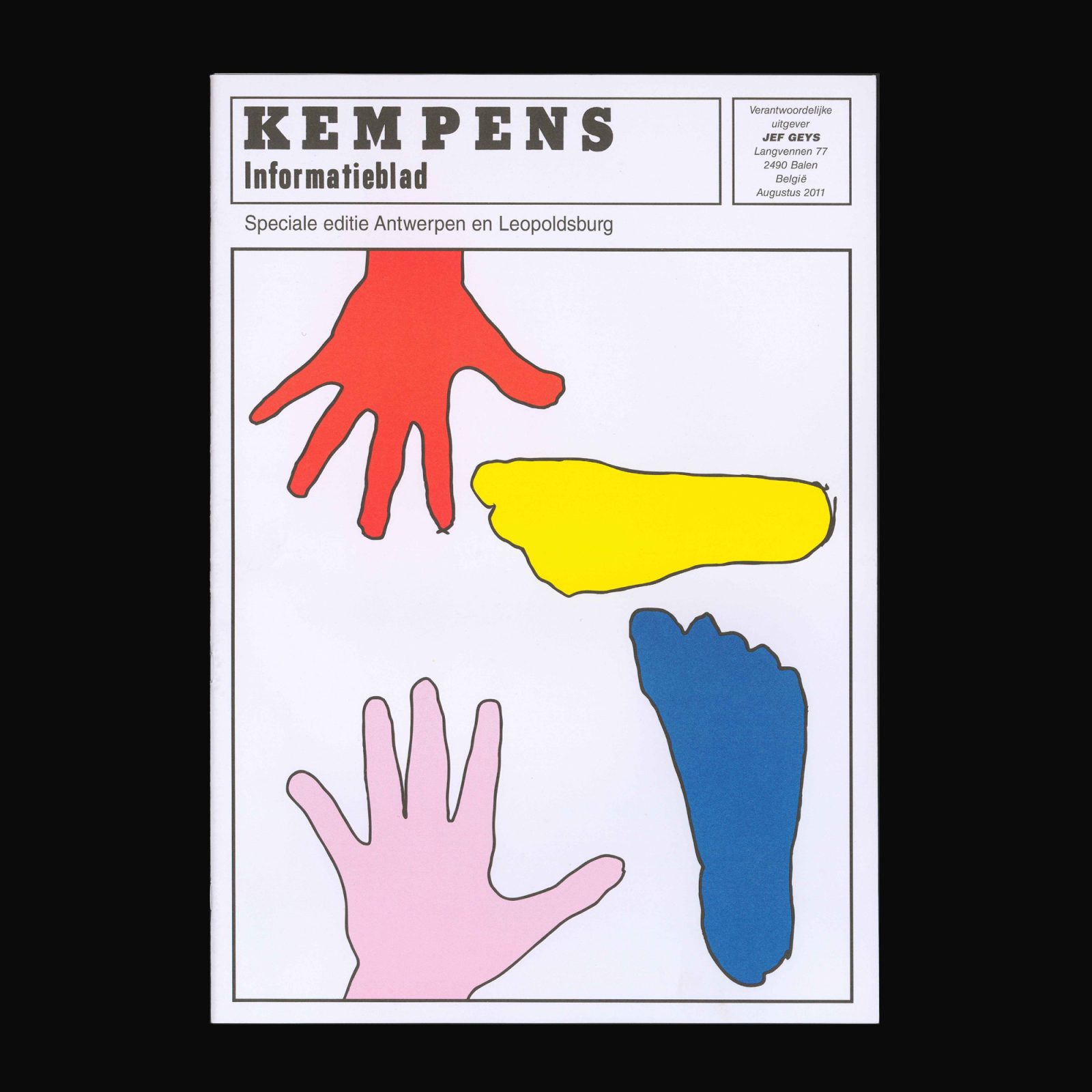
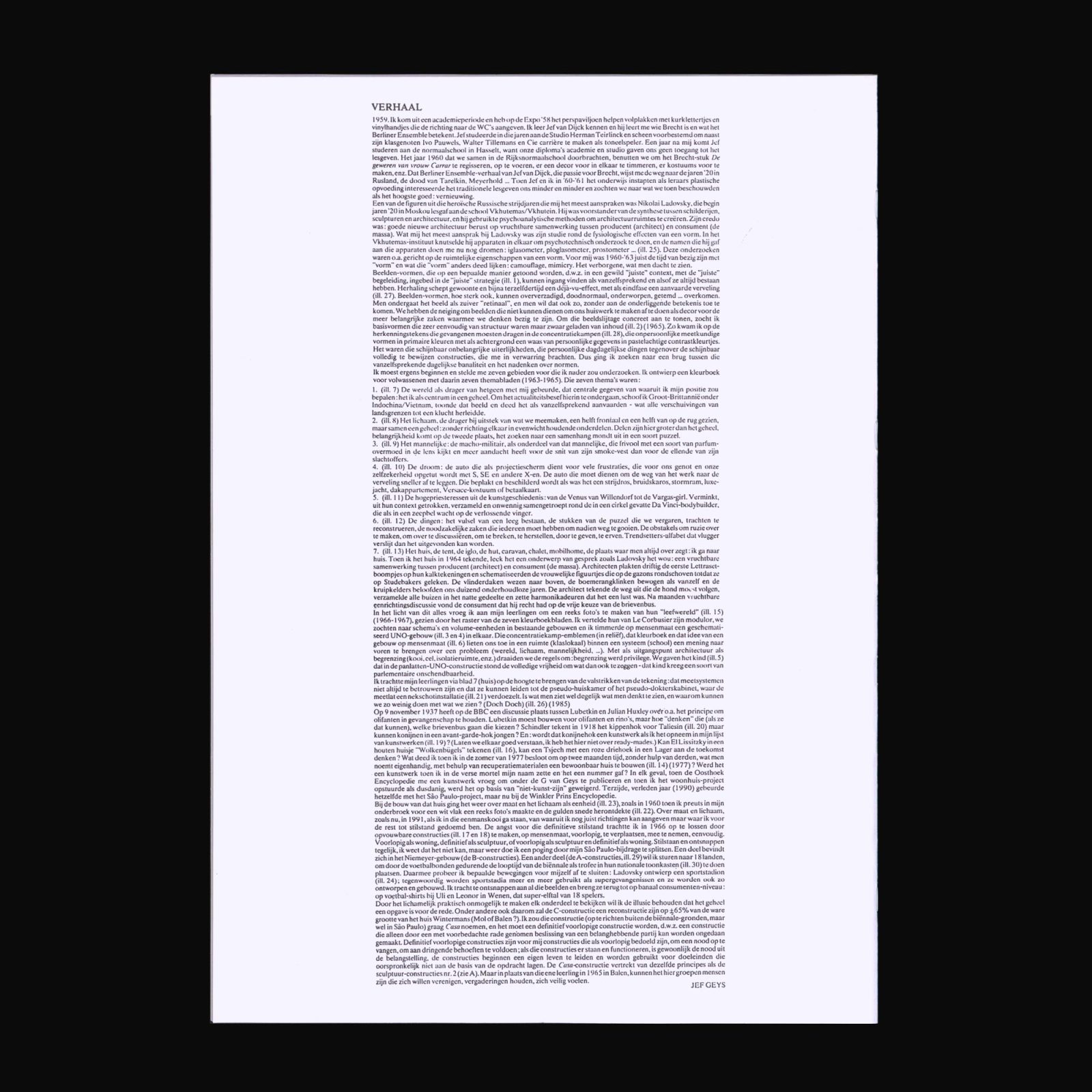
Kempens Informatieblad, was a newspaper published by Belgian artist Jef Geys between 1971 and 2018.
Since the early 1960s, in addition to his interlocking artistic and pedagogical work, Geys was also involved in the production and distribution of a local newspaper, the Kempisch Reklaamblad, on whose pages he began to publish various textual and pictorial material among the advertisements placed therein. After it was discontinued, Geys took over the paper and continued it under his own direction as Kempens Informatieblad.
Functioning as an alternative to the conventional artist catalog, the issues, over 50 in total, were mostly published in connection with his exhibitions. As an information system directed by the artist, it successively developed into a kind of meta-medium within his practice, through which he himself organized his representation and mediation—beyond the exhibition context.
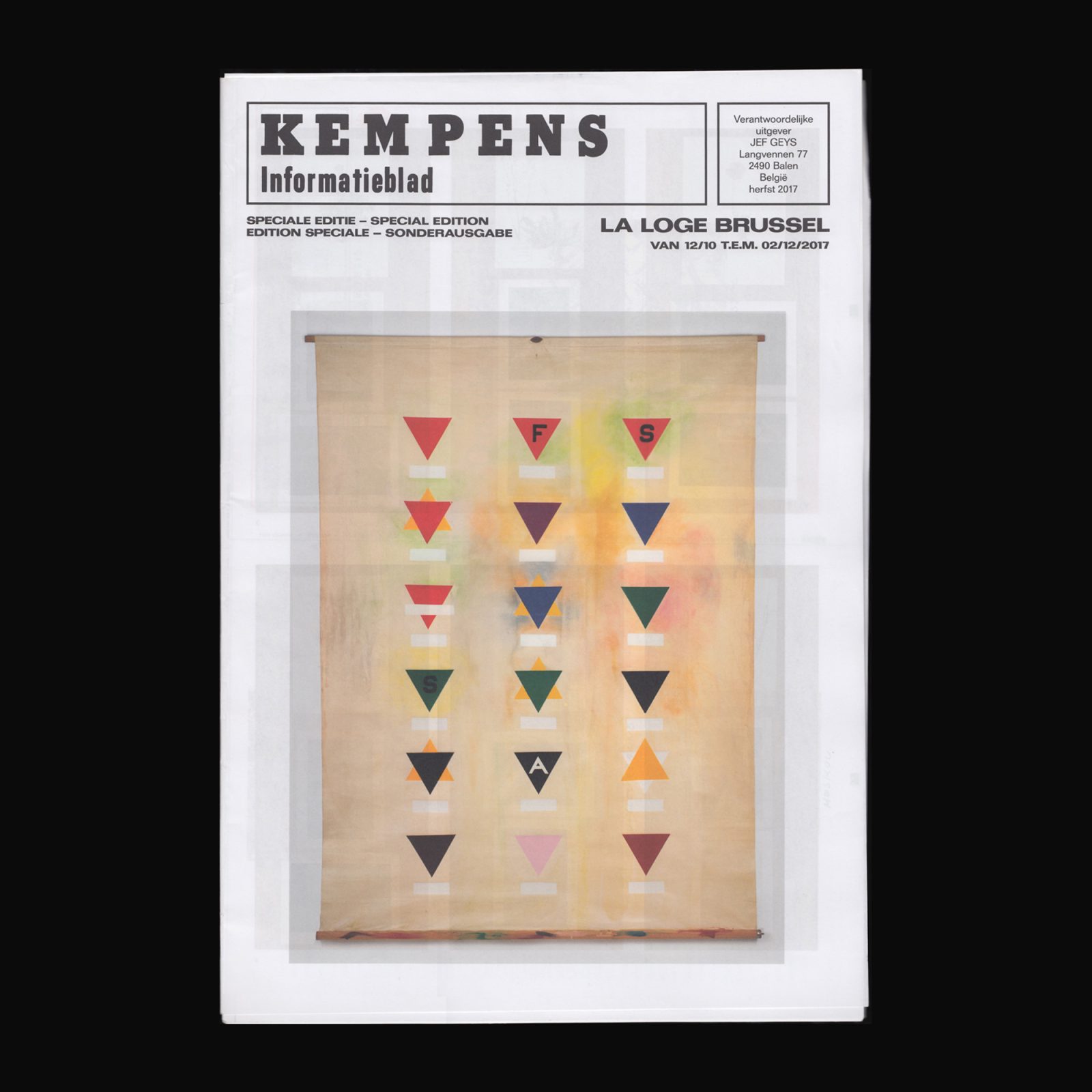
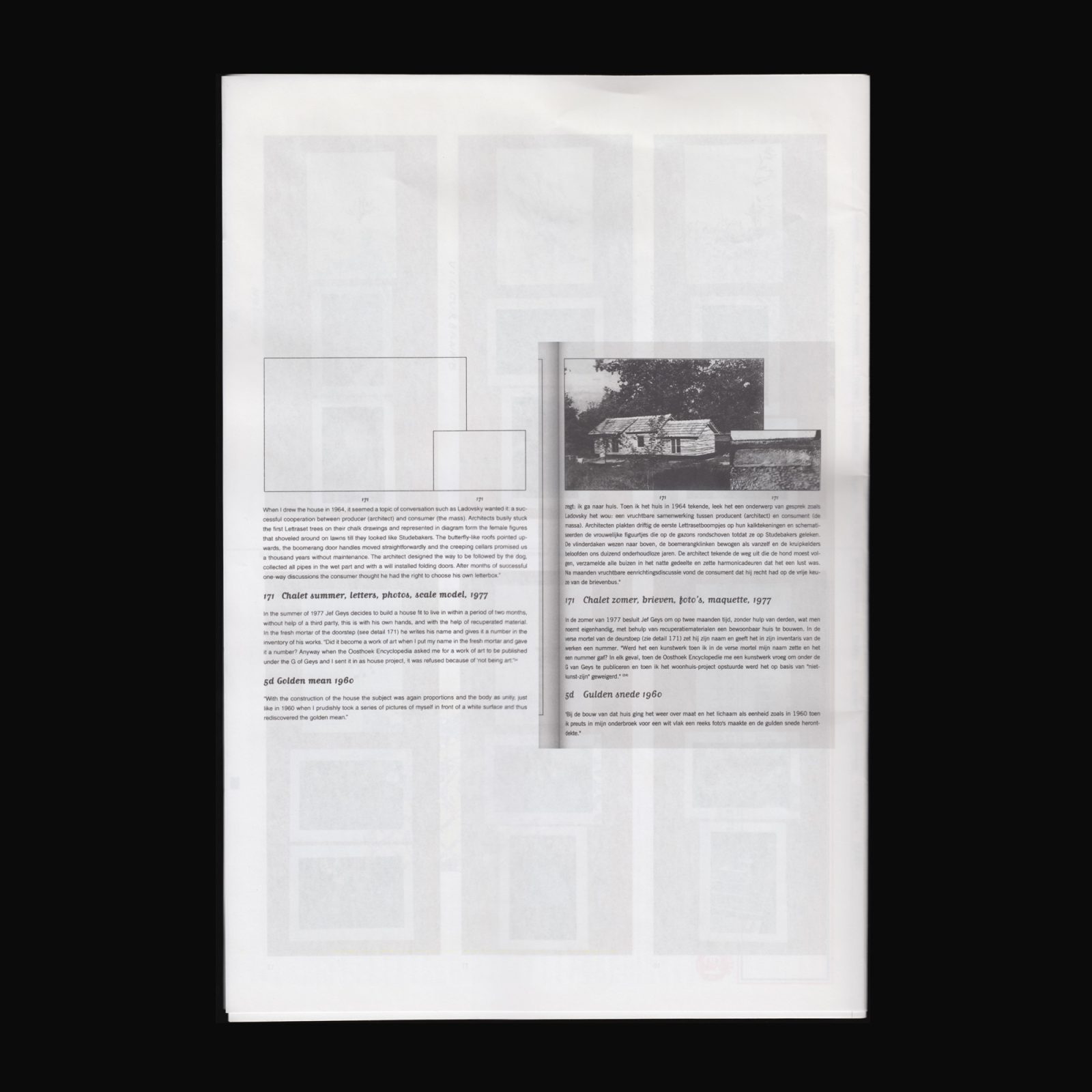
Kempens Informatieblad, was a newspaper published by Belgian artist Jef Geys between 1971 and 2018.
Since the early 1960s, in addition to his interlocking artistic and pedagogical work, Geys was also involved in the production and distribution of a local newspaper, the Kempisch Reklaamblad, on whose pages he began to publish various textual and pictorial material among the advertisements placed therein. After it was discontinued, Geys took over the paper and continued it under his own direction as Kempens Informatieblad.
Functioning as an alternative to the conventional artist catalog, the issues, over 50 in total, were mostly published in connection with his exhibitions. As an information system directed by the artist, it successively developed into a kind of meta-medium within his practice, through which he himself organized his representation and mediation—beyond the exhibition context.